As part of Earth Day celebrations, this past April 20th, Universidad del Sagrado Corazón hosted the 2nd Green Sagrado event, to announce to the university community and general public the different sustainability initiatives implemented on the Santurce campus. The event was organized by Sagrado's Sustainability Committee, composed by personnel from the Office of Installations, Conservation and Services, GREEN-PR, students from the Exterior Relations Assembly, personnel from the Dean of Students office, Integrated Communications, Academic Affairs, professors from the Interdisciplinary Faculty of Humanities and Social Studies, as well as the Student Council. In the grove behind the Madre María Teresa Guevara Library, better known as La Vega Walkway, student groups, administrative personnel and other organizations met up to showcase their contributions to sustainability initiatives.
The campus, one of 7 GREEN-PR Hubs, a program led by the Syracuse University Environmental Finance Center, has installed water fountains designed to easily refill water bottles, thus reducing the use of disposable water bottles. Each fountain has a counting system that shows how many water bottles have been reduced and saved. To date, the new fountains have saved the equivalent of 17,200 single-use bottles from consumption.
All around campus, new containers for recycling paper, aluminum, cardboard and plastic were installed. A campus bulletin reported that 7,260 pounds of recyclable material had been diverted since these new bins were sited in February. In addition, the University also recycled 11,500 lbs of paper.
As you enter the grounds of Sagrado University, you can also find a PR Textile Recycling container, a new addition to the stream of recycling efforts. The container can be used to deposit clothes, shoes and household items such as bed sheets, towels and curtains. To date, a total of 6,548 lbs of textiles have been recycled.
“We are already the lungs of Santurce as we are the area with most green spaces in this sector of the metropolitan area” stated the professor José G. Martínez. “We can be an example with recycling projects, transformation to renewable energy projects and supporting the production of food through the development of a composting area and a local garden.” The Sustainability Committee is currently in the planning stages for projects such as these with the goal to start rolling them out in the next academic semester.
Various members of different associations took the stage to encourage others to continue and expand sustainability initiatives, from the perspective of their respective disciplines. Personal training and fitness students gave examples on how recyclable material can be used as exercise equipment and they highlighted the importance of exercising in green, open spaces. From another angle, the group Staccato, contributed with a musical performance among the trees that celebrated Puerto Rican culture. The event also included an installation depicting the impact of plastic bottles, quizzes on environmental topics, education on electronics recycling, ecotourism, and an orientation on the impact of oil spills by the Medlife university group.
An interactive bulletin board, allowed attendees to respond to the question “What would you do for a greener Sagrado?” Among the answers were the creation of hydroponic gardens, charging stations for electronics using solar energy, design competitions using recyclable materials, workshops on sustainable development and irrigation system for campus plants using rain water.
At the closing of the event, the president of the University, Gilberto Marxuach Torrós, along with the Dean of Academic Affairs, Pedro Fraile, planted a tree, symbolizing the continuation of these projects. As professor Martínez said, “these types of ecofriendly and socioeconomic projects unite us more as a community that contributes to creating solutions to day-to-day problems that we face and are now needed more than ever.”



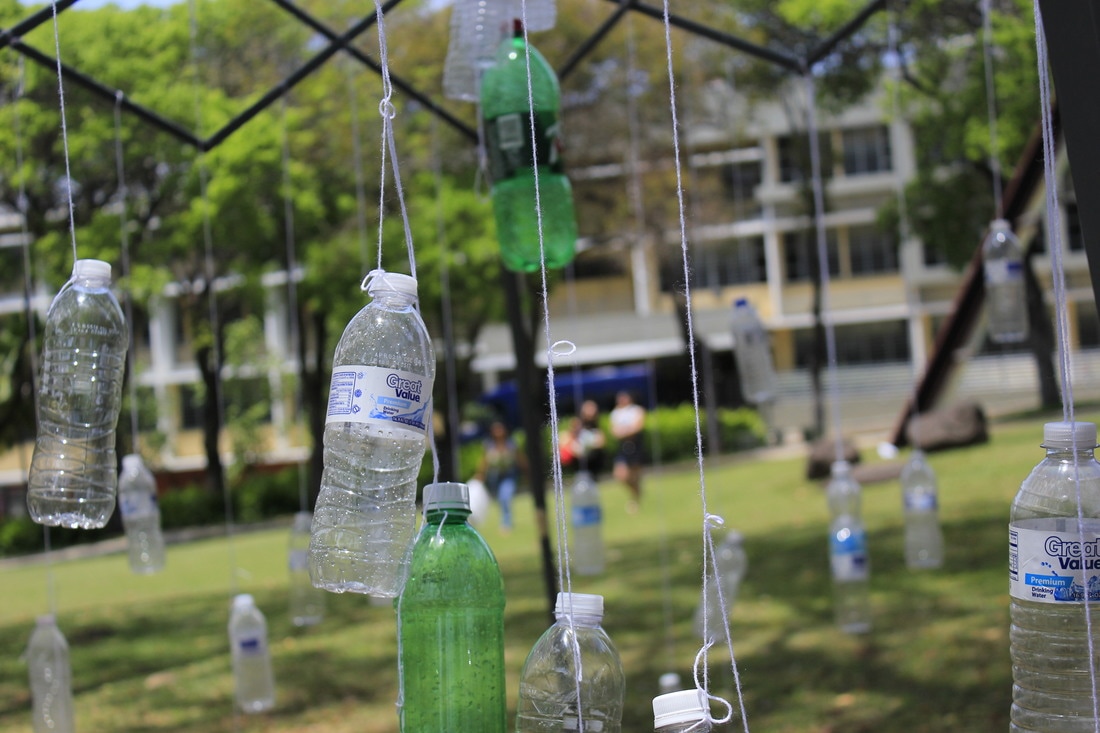




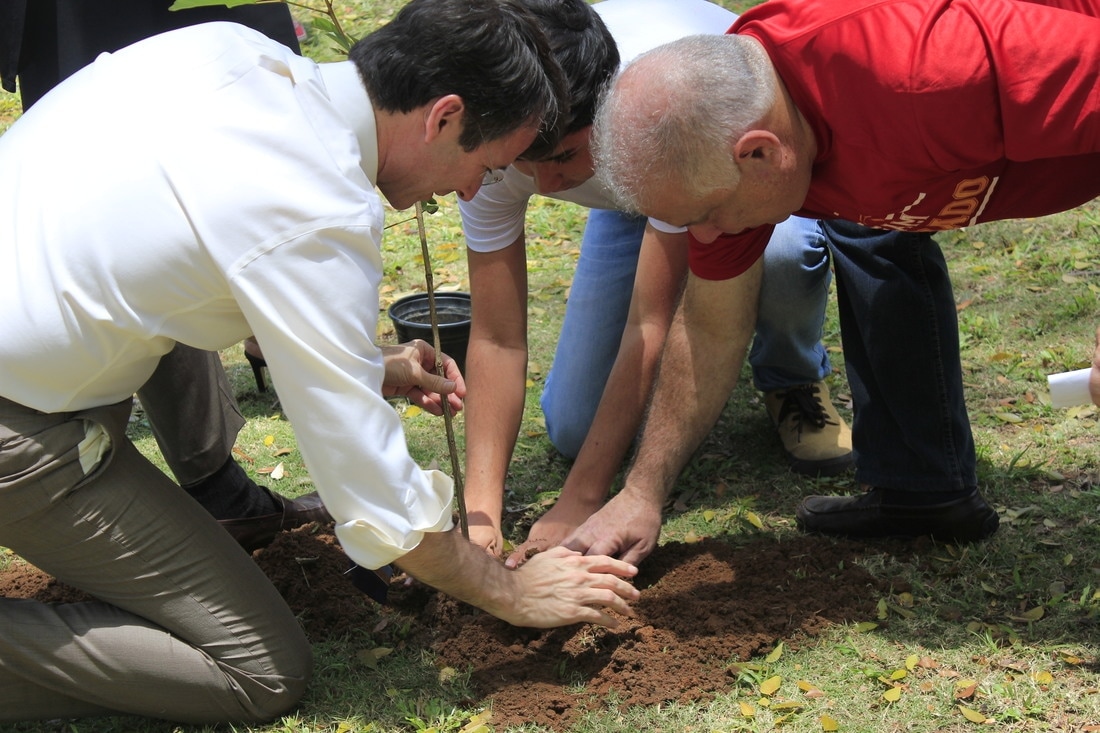


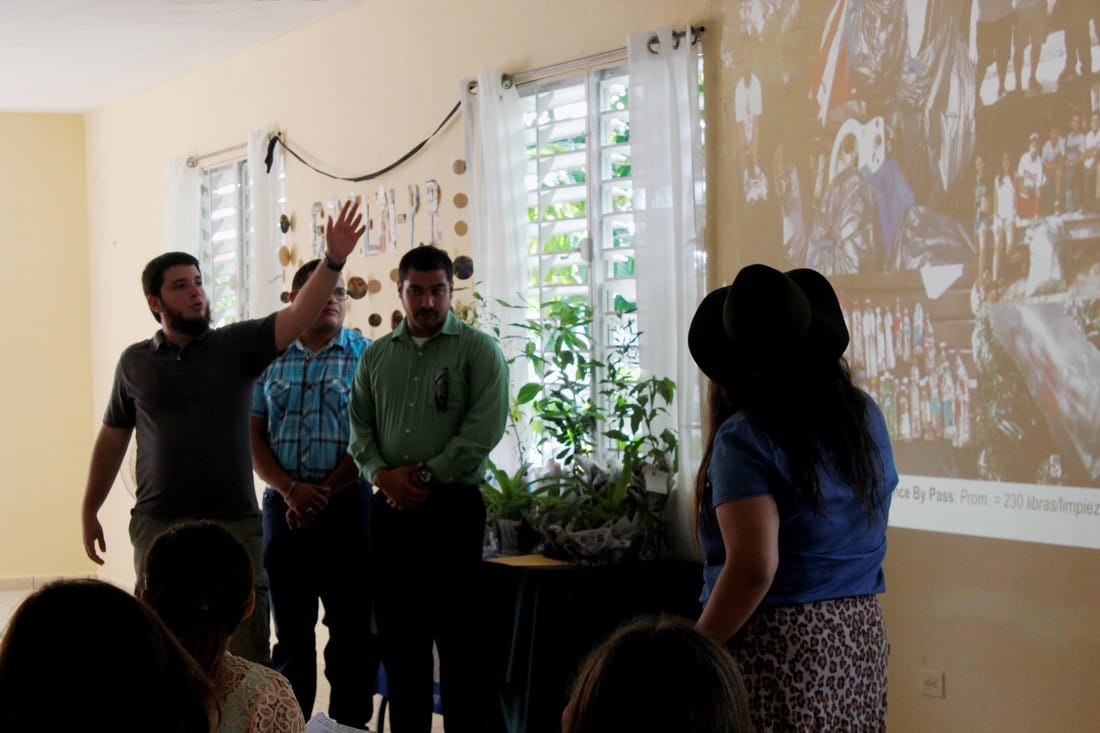

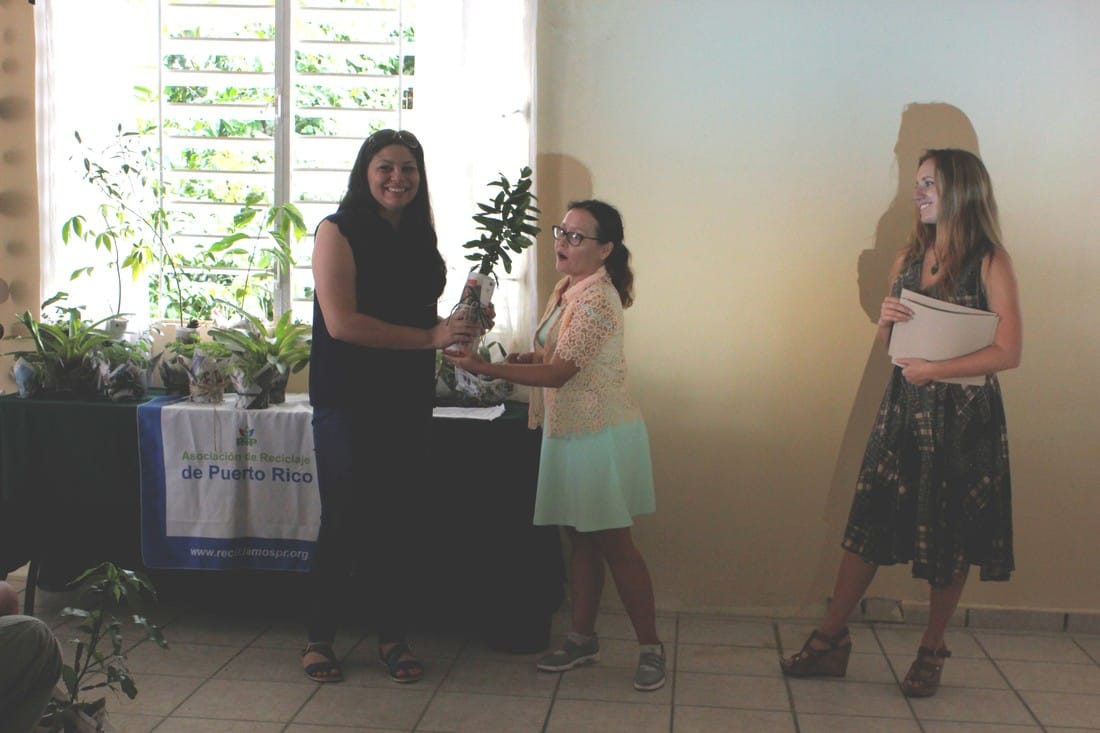
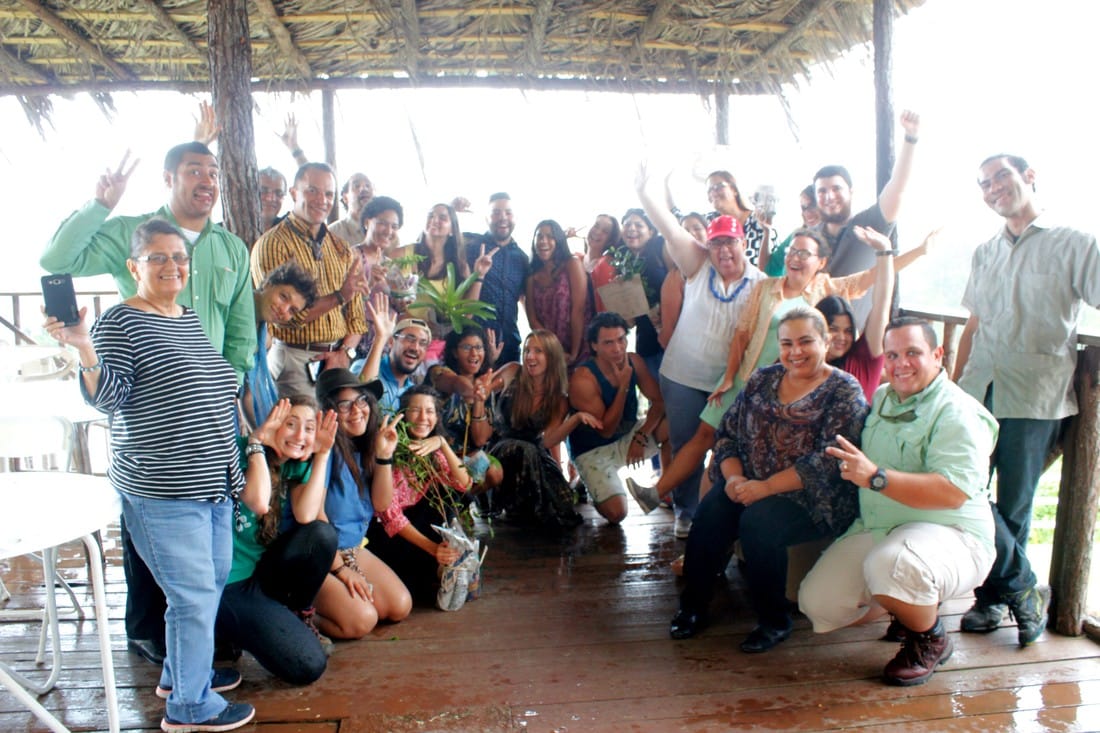

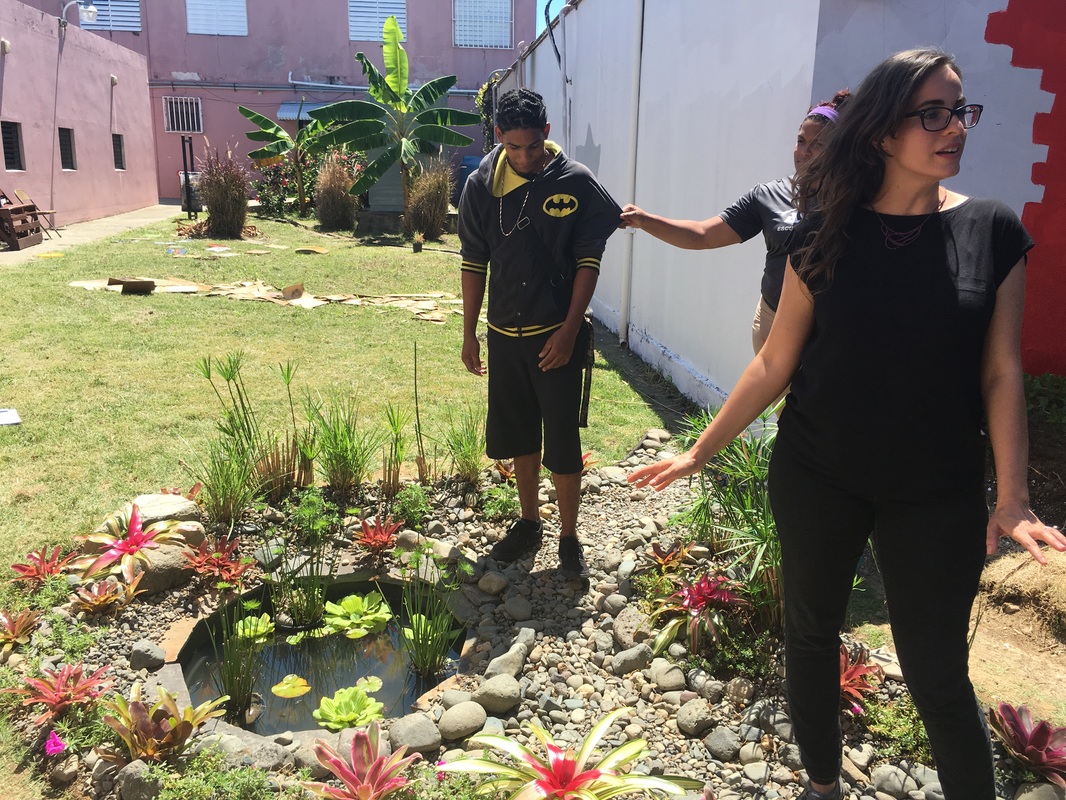




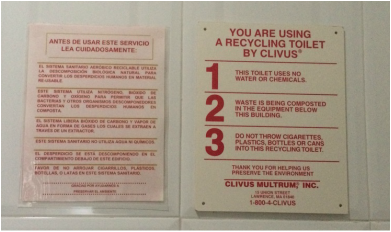










 RSS Feed
RSS Feed
